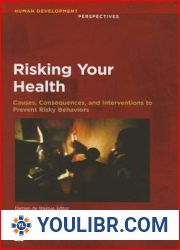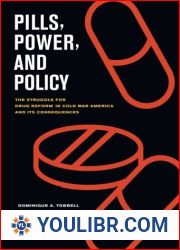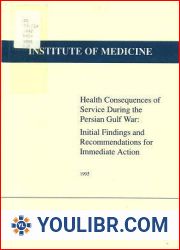
BOOKS - Risking Your Health: Causes, Consequences, and Interventions to Prevent Risky...


US $8.80

501310

501310
Risking Your Health: Causes, Consequences, and Interventions to Prevent Risky Behaviors (Human Development Perspectives) (Human Development Perspectives (Paperback))
Author: Damien De Walque
Year: September 30, 2013
Format: PDF
File size: PDF 23 MB
Language: English
Year: September 30, 2013
Format: PDF
File size: PDF 23 MB
Language: English
Choices by individuals to engage in risky behaviors that endanger their health include using illicit drugs, smoking, overconsuming alcohol, overeating that can lead to obesity, and practicing unsafe sex. The consequences of these choices go beyond the individuals and constitute important threats for public health. Traditionally associated with high-income countries, these behaviors have become increasingly prevalent in low- and middle-income countries. Risking Your Causes, Consequences, and Interventions to Prevent Risky Behaviors explores how those choices are formed and what their consequences are. Why do people engage in risky behaviors? Many different explanations have been proposed by experts in psychology, sociology, economics, or public health. One trait common to all these behaviors is a disconnect a function of both delay and uncertainty between the pleasure or satisfaction they provide and the consequences they entail. Another characteristic of risky behaviors is that they rarely occur in isolation. Peer pressure, parental influences, networks, and social norms often play important roles in initiating, continuing, or quitting those behaviors. Even if individuals might often be the first to suffer, the consequences of risky behaviors are rarely limited to those engaging in them. In certain cases, such as secondhand smoking or HIV transmission, the link is direct. In other cases, the link is less direct but nonetheless real. The long-term health consequences of these behaviors are costly to treat and could stretch households' finances and worsen poverty. Finally, these risky behaviors have consequences for society, because they often trigger significant public health expenditures and lead to declines in aggregate productivity through premature death and morbidity. Translating knowledge into concrete changes in behavior seems to be hard to achieve. Public health interventions via legislation with strong enforcement mechanisms can be more effective than simple communication campaigns informing consumers about the risks associated with certain behaviors. Economic mechanisms such as taxes, subsidies, and conditional unconditional cash transfers are also used to reduce risky behaviors. Of great interest to policy makers, academics, and practitioners, this book investigates the causes and consequences of risky behaviors and assesses the efficiency of those interventions designed to reduce the prevalence of behaviors that endanger health.














































